
Carbon fiber molding is a commonly used molding process for carbon fiber products. Carbon fiber prepreg is attached to the molding mold. After the mold is closed, the desired carbon fiber product is made by adjusting the pressure, temperature, and time. The pressure affects the effect of carbon fiber molding. With a larger role, we will take a look at it together in this article.
First of all, let’s understand the function of pressure. The pressure in molding is mainly used to overcome the vapor pressure generated by volatile substances in the material, which can avoid defects such as delamination, bubbles, and loose structure of the product.
At the same time, the pressure can also make the material The fluidity is enhanced, which is convenient for the material to fill the mold, and the obtained product is more precise and strong.
In the carbon fiber molding process, there are certain requirements for the time of applying pressure. If the pressure is applied too early, the degree of cross-linking reaction of the material will be low, and the fluidity will be enhanced, which will cause serious material loss, easy accumulation of resin, and local lack of glue. , which will cause part of the fibers to be exposed. However, if the pressure time is delayed, the cross-linking reaction degree of the material is high, the fluidity becomes poor, and it is not easy to fill the mold, and the quality of the obtained carbon fiber product will also decrease. At the same time, for some products with larger thickness, an appropriate increase in pressure is beneficial to forming.
Effect of curing pressure on tensile strength and modulus of carbon fiber plates
The autoclave molding process is the most common process for preparing high-performance carbon fiber composite laminate structures. The quality of the spare parts is mainly closely related to the selected curing process (temperature-time cycle, autoclave pressure, etc.). It is very important to select the appropriate curing process for a specific product so that the mechanical properties of the produced product can meet the design requirements. The main defect of products produced using different curing pressures is pores, so this article mainly studies the effect of curing pressure on tensile strength and modulus.
The test is divided into 4 groups of layers A, B, C, and D, corresponding to [(±45°)4/(0°, 90°)/(±45°)2]s, [(±45°)/ (0°, 90°)2/(±45°)]s, [(±45°)/0°4/(±45°)/(0°, 90°)]s, [(±45°) /0°4/(0°,90°)/0°2]s. Test specimens were made in accordance with relevant national standards, with 5 pieces in each set. They were cured in an autoclave according to experimental requirements, and their tensile strength and modulus were tested.
It can be concluded from the test that for both A and C laminates, the tensile strength decreases as the curing pressure decreases, but the amount of decrease is not large. The strength retention rate of the two laminates at 0.0MPa 98% and 97% respectively.
The modulus of the two types of laminates are affected differently by the curing pressure. Layer C does not decrease much as the curing pressure decreases. Its modulus retention rate at 0.0MPa is 97%, while the curing pressure has a negative impact on the curing pressure. The modulus of A has a relatively large influence, and its modulus retention rate at 0.0MPa is 86%.
Since layup A is mainly composed of 45° layups, its damage is mainly caused by the laminate breaking along a certain direction and accompanied by shear failure of the layer. When the curing pressure is 0.4MPa, the average angle is 43°, and all None of the samples were completely broken. When the curing pressure was 0.0MPa, the angle was 38° on average, and two samples were completely broken.
This shows that due to the reduction of curing pressure, a large number of pores appear in the laminate and stress concentration occurs, which affects the tensile damage morphology of the laminate. Since layer C contains a large number of 0° layers, its damage is mainly complete fracture at a certain angle. There is no big difference between the damage when the curing pressure is 0.4MPa and the damage when the curing pressure is 0.0MPa.
What effect does pressure have on the molding of carbon fiber products?
Compression molding is a molding process that is commonly used for carbon fiber products. The carbon fiber prepreg is laminated as required and then fitted to the mold. After the mold is closed, the desired carbon fiber product is finally made by controlling time, pressure, and temperature.
Pressure mainly plays a role in overcoming the vapor pressure generated by volatile substances in carbon fiber prepregs during the molding of carbon fiber products, and can avoid process defects such as delamination, bubbles, and loose structures in carbon fiber products during the molding process. At the same time, heating can also enhance the fluidity of the resin matrix during molding, which can well fill the mold with material, making the carbon fiber products stronger and more precise.
In the molding process of carbon fiber products, there are also certain requirements for pressure time control. If the pressure is applied too early, the fluidity of the resin will increase and the degree of cross-linking reaction will decrease; it will easily cause the loss of the resin, resulting in a local lack of glue, resulting in the exposure of the carbon fiber. If the pressure is applied too late, the fluidity of the resin will be poor, the degree of cross-linking reaction will be high, and the resin matrix will not be able to fill the entire mold cavity. Therefore, when performing the molding process, the pressure application time must be controlled. For some wall thicknesses For thicker carbon fiber products, you can consider increasing the pressure, temperature and time appropriately to help them form better.
China Be-cu Prototype Material Technology Co., Ltd. was established in 2005. It has a production workshop of more than 5,000 square meters. It is a powerful cnc machining china manufacturer of carbon fiber products. It has large hot presses, autoclave tanks, hydraulic forming tables, CNC high-speed Milling machines and other equipment, insist on bringing two high-quality carbon fiber products to customers.
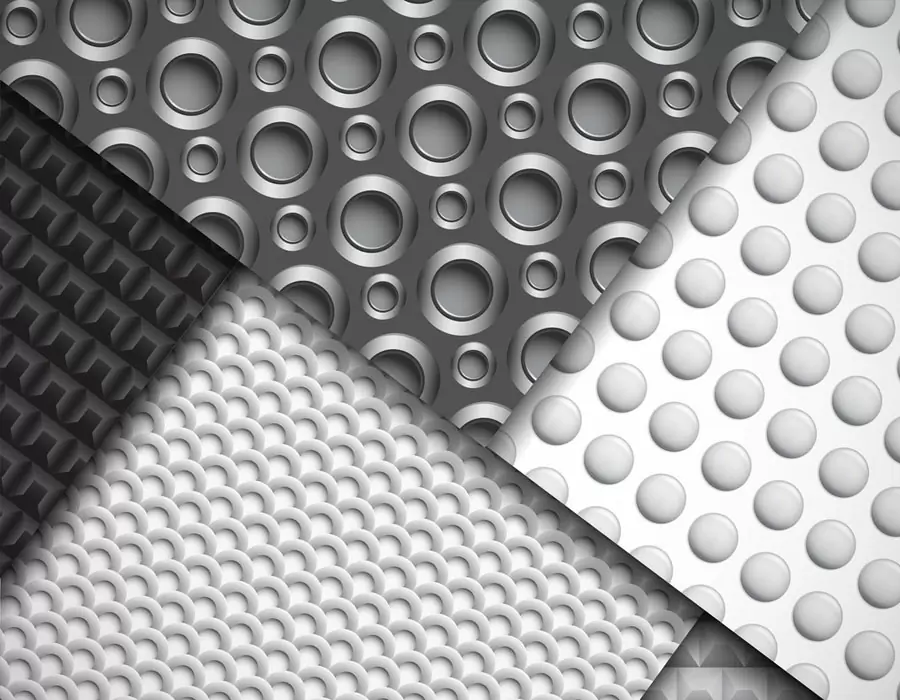
ISO 9001 certified. BE-CU Prototype Offering CNC machining carbon fiber and other manufacturing services for carbon fiber marterial. Various capabilities include notching, labeling, drilling carbon fiber, grinding, laser cutting carbon fiber, finishing, plating, marking, CNC milling carbon fiber and turning carbon fiber.We stock high quality 3k carbon fiber sheet in a variety of thickness, types and finish. Its a great material used in applications where light weight and strength are needed such as drones. Unlike other workshops, we have no min order and are often filling orders with a single part. We also don’t make you pay for the full sheet and you only get charged for what is used. With a large selection of material, you should find everything you need to make your project come to life. We are also able to handle larger production runs and provide a competitive pricing. If we don’t have the material or finish you require, we are more the willing to look at bringing it in for you.
What Is Carbon Fiber?Carbon fiber is made of polyacrylonitrile (PAN) (or pitch, viscose) and other organic fibers by carbonization (removal of most elements except carbon) by pyrolysis method under inert gas at high temperature above 1,000 °C. Inorganic polymer fibers with a carbon content of more than 90%.
-

3D Printing Continuous Fibres
-

3D Printing Short Fibre Filled Wires
-
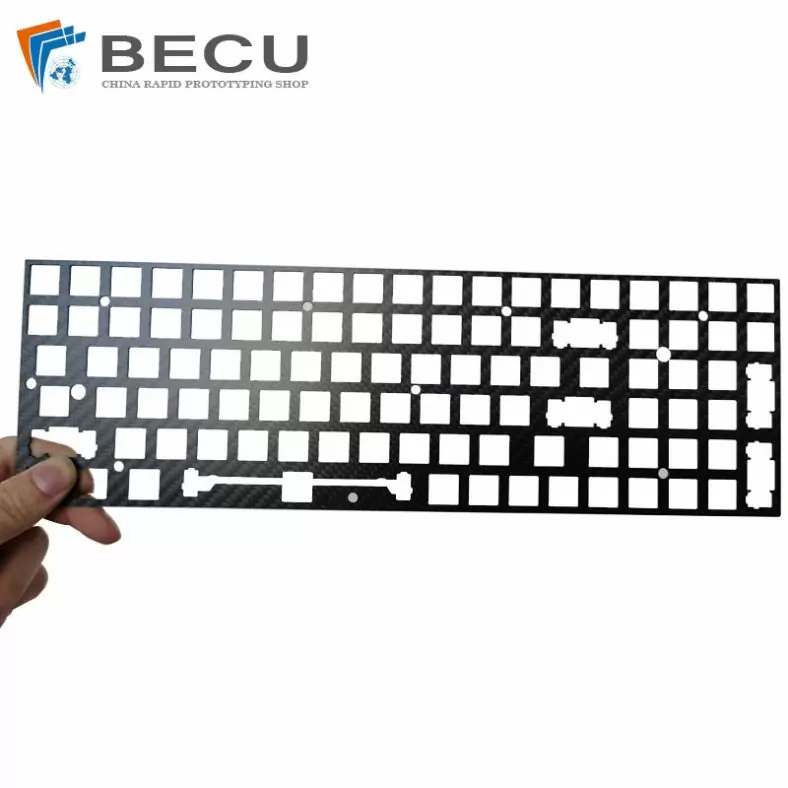
Laser Cutting Carbon Fiber Positioning Keyboard
-

Cnc Turning Industrial Copper-Aluminum Clad Carbon Fiber Machinery Parts
-
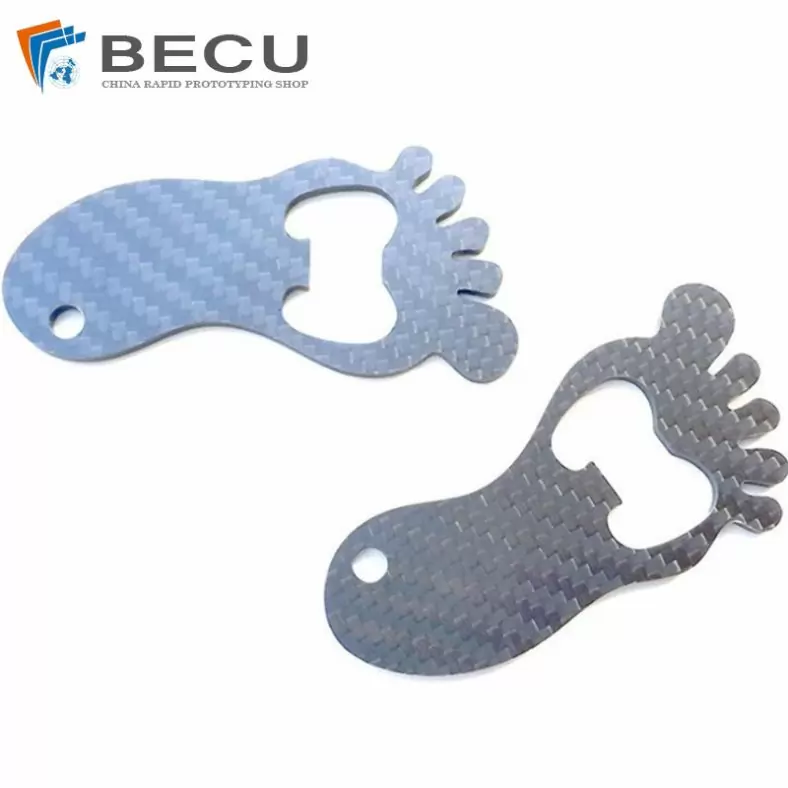
Carbon Fiber Luggage Tag Ornaments
-
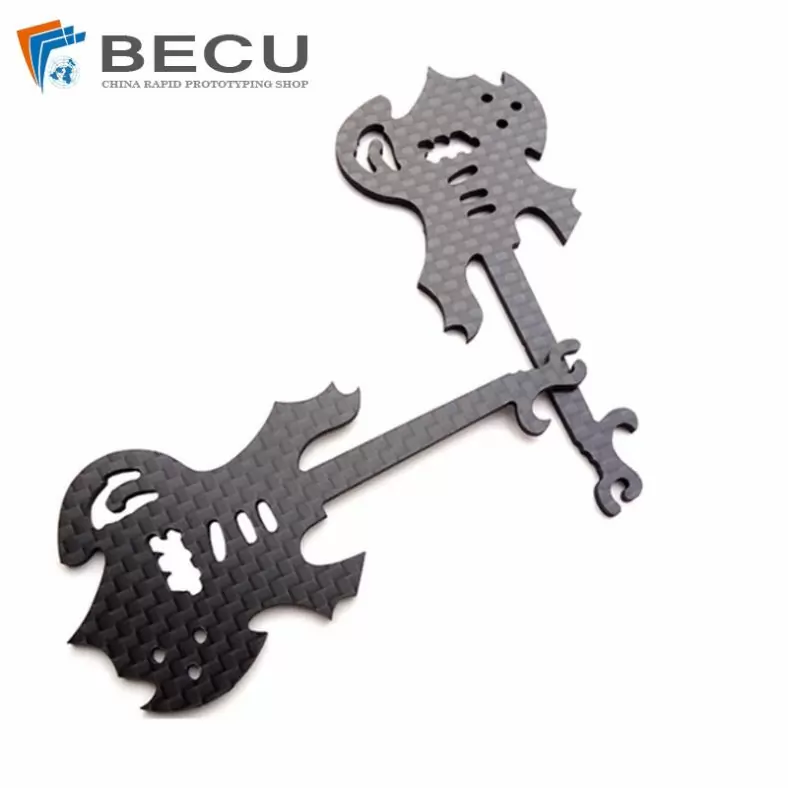
Laser Cutting Carbon Fiber Guitar Shape Crafts
-
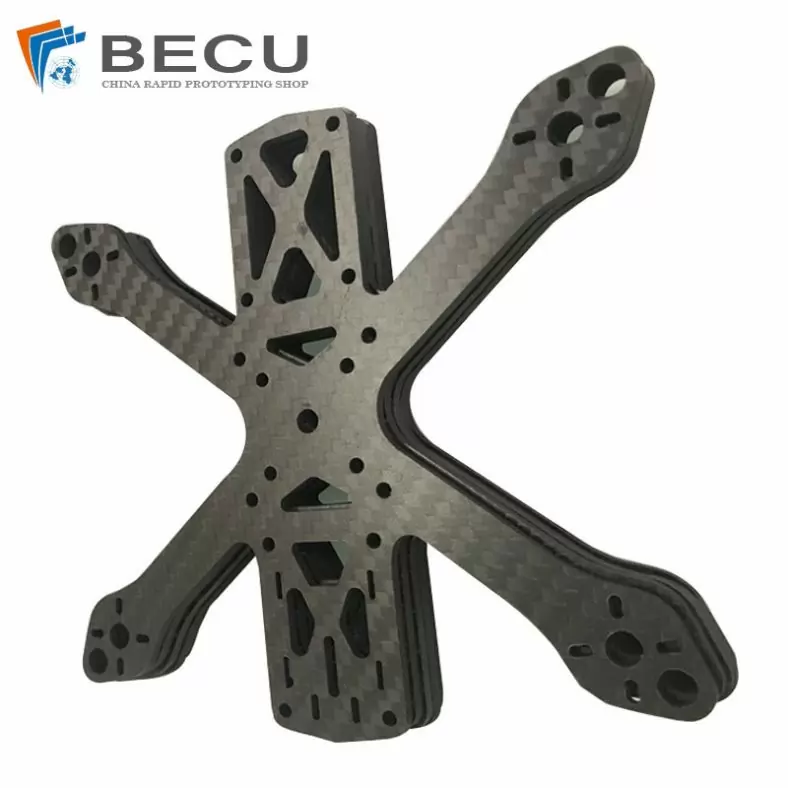
Laser Cutting Carbon Fiber Drone Rack
-
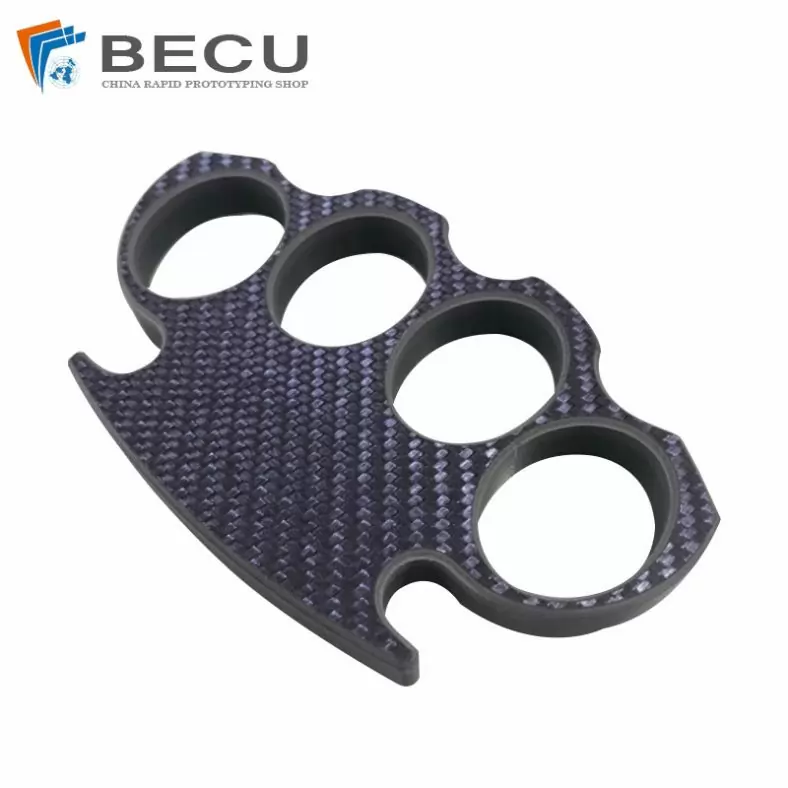
Cnc Milling Carbon Fiber Finger Buckle
